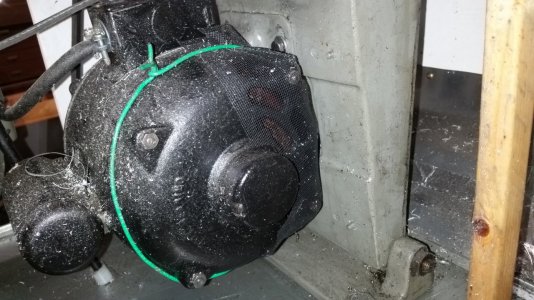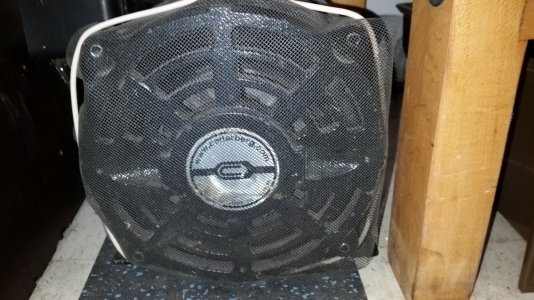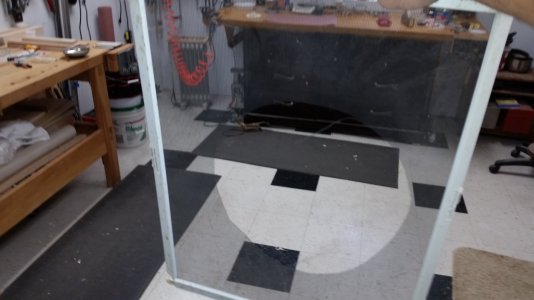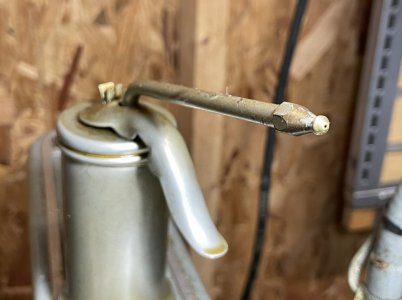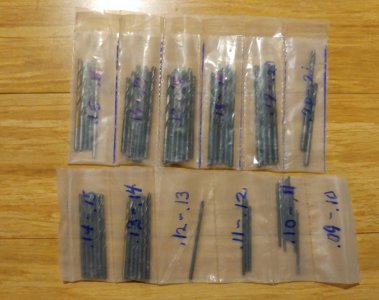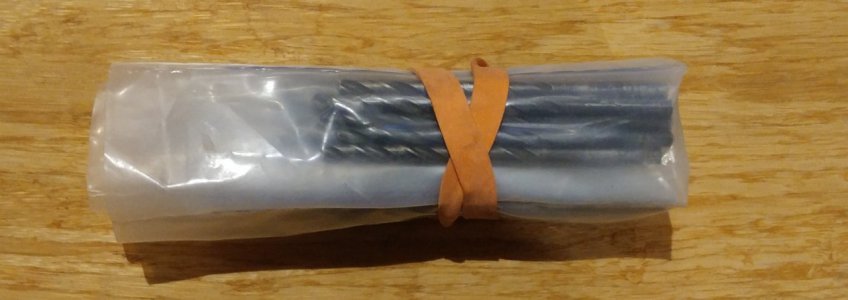- Joined
- Mar 3, 2020
- Messages
- 506
And speaking of VP’s, Dick Cavett once pointed out that if you re-arrange the letters in Richard Nixon’s (first) VP, Spiro Agnew, you can spell grow a penis.
Isn't he the one who coined the immortal phrase "nattering nabobs of negativism"? No wonder he was booted out of the VP-shipAnd speaking of VP’s, Dick Cavett once pointed out that if you re-arrange the letters in Richard Nixon’s (first) VP, Spiro Agnew, you can spell grow a penis.
